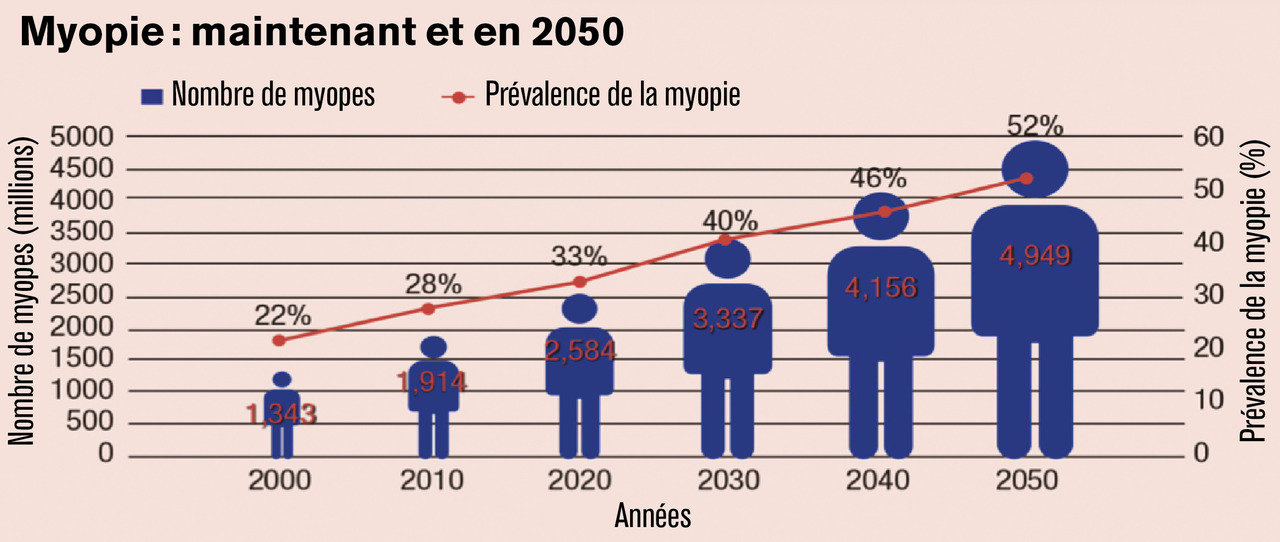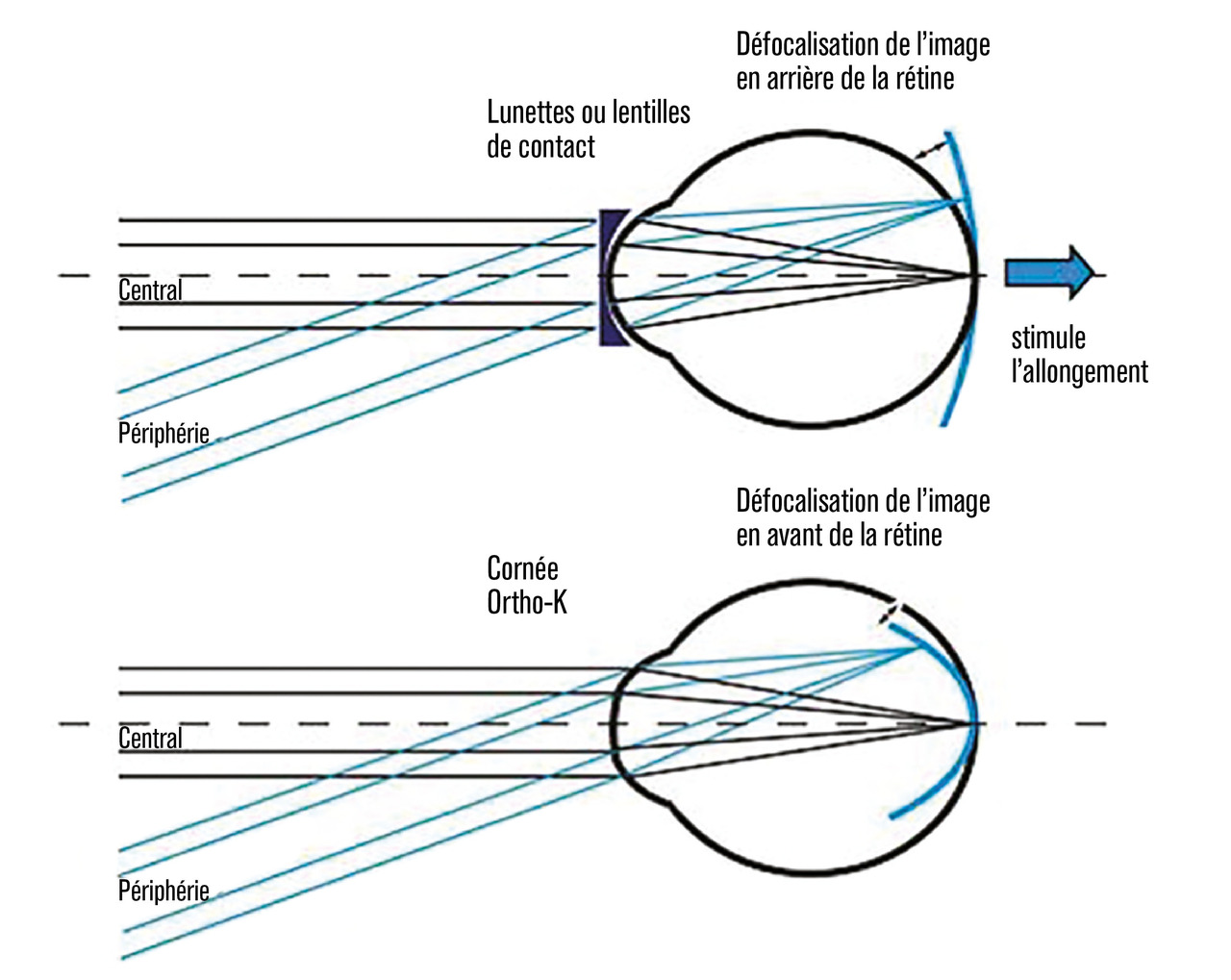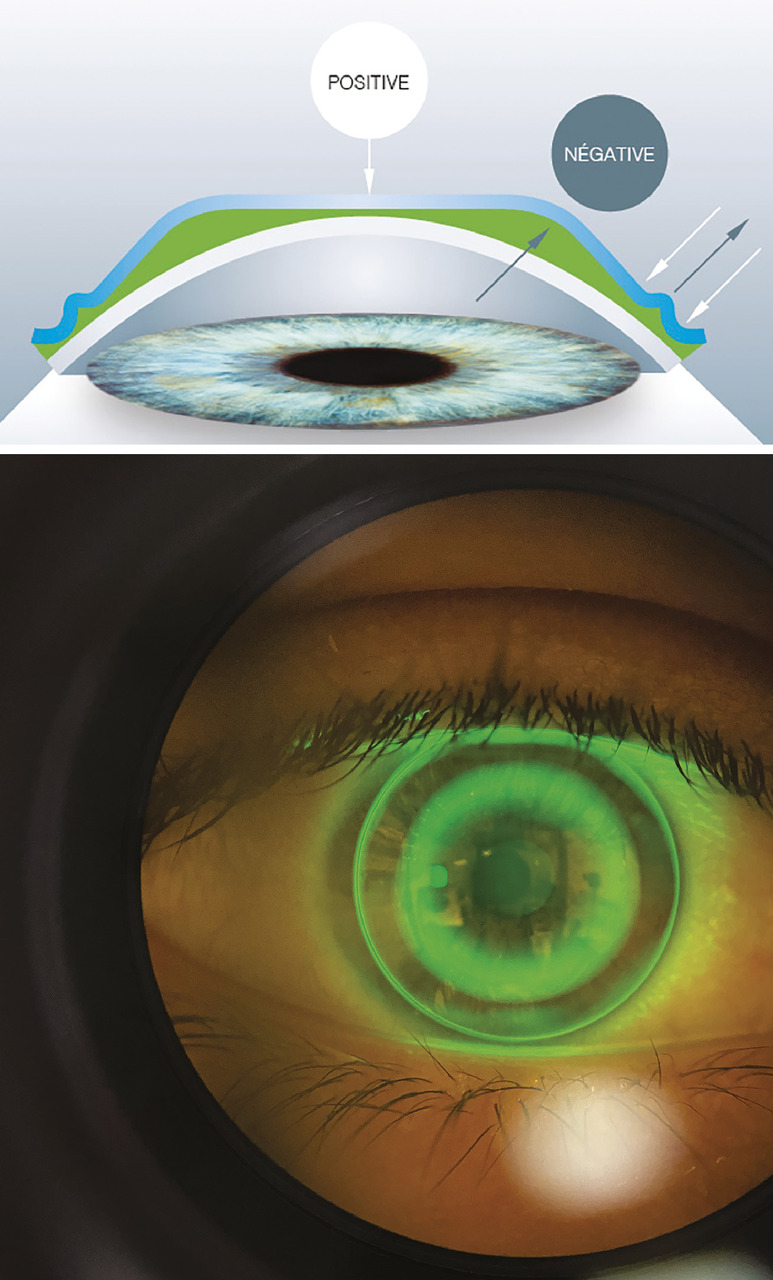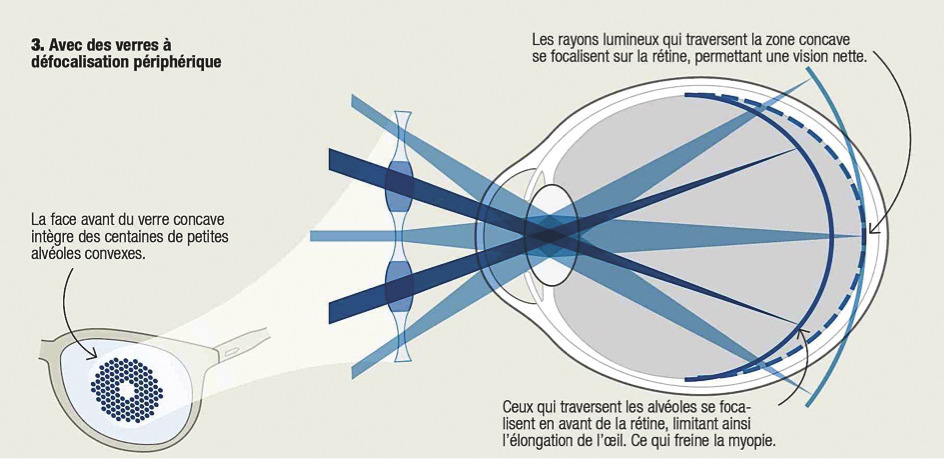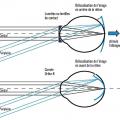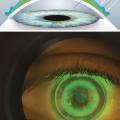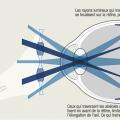1. Holden BA, Fricke TR, Wilson DA, Jong M, Naidoo KS, et al. Global prevalence of myopia and high myopia and temporal trends from 2000 through 2050. Ophthalmology 2016;123:1036-42.
2. Vitale S, Sperduto RD, Ferris FL. Increased prevalence of myopia in the United States between 1971-1972 and 1999-2004. Arch Ophthalmol 2009;127:1632-9.
3. He H, Pan L, Lize Pa L, et al. Data Resource Profile: The China National Health Survey (CNHS). Int J Epidemiol 2018;47:1734-5f.
4. Tedja MS, Haarman AEG, Meester-Smoor MA, Kaprio J, Mackey DA et al.; for the CREAM Consortium. International Myopia Institute (IMI). Myopia genetics report. Investig Ophthalmol Vis Sci 2019;60:M31-88.
5. Rudnicka AR, Owen CG, Nightingale CM, Cook DG, Whincup PH. Ethnic differences in the prevalence of myopia and ocular biometry in 10- and 11-year-old children: the Child Heart and Health Study in England (CHASE). Invest Ophthalmol Vis Sci 2010;51:6270-6.
6. Mew-May Wu M, Edwards MH. The effect of having myopic parents: an analysis of myopia in three generations. Optom Vis Sci 1999;76:387-92.
7. Ip JM, Huynh SC, Robaei D, Rose KA, Morgan IG, et al. Ethnic differences in the impact of parental myopia: findings from a population-based study of 12-year-old Australian children. Invest Ophthalmol Vis Sci 2007;48:2520-8.
8. Lim LT, Gong Y, Ah-Kee EY, Xiao G, Zhang X, Yu S. Impact of parental history of myopia on the development of myopia in mainland China school-aged children. Ophthalmol Eye Dis 2014;6:31-5.
9. Farbrother JE, Kirov G, Owen MJ, Pong-Wong R, Haley CS, Guggenheim JA. Linkage analysis of the genetic loci for high myopia on 18p, 12q, and 17q in 51 UK families. Invest Ophthalmol Vis Sci 2004;45:2879-85.
10. Rose KA, Morgan IG, Ip J, Kifley A, Huynh S, et al. Outdoor activity reduces the prevalence of myopia in children. Ophthalmology 2008;115:1279-85.
11. Sivak JG, Barrie DL, Weerheim JA. Bilateral experimental myopia in chicks. Optom Vis Sci 1989;66:854-8.
12. Ip JM, Saw SM, Rose KA, Morgan IG, Kifley A, et al. Role of near work in myopia: findings in a sample of Australian school children. Invest Ophthalmol Vis Sci 2008;49:2903-10.
13. Lee DC, Lee SY, Kim YC. An epidemiological study of the risk factors associated with myopia in young adult men in Korea. Sci Rep 2018;8:511.
14. McMahon G, Zayats T, Chen YP, Prashar A, Williams C, Guggenheim JA. Season of birth, daylight hours at birth, and high myopia. Ophthalmology 2009;116:468-73.
15. Mandel Y, Grotto I, El Yaniv R, Belkin M, Israeli E et al. Season of birth, natural light, and myopia. Ophthalmology 2008;115:686-92.
16. Wang J, Li Y, Musch DC, Wei N, Qi X, et al. Progression of myopia in school-aged children after COVID-19 home confinement. JAMA Ophthalmol 2021;139:293-300.
17. Ho CL, Wu WF, Liou YM. Dose-response relationship of outdoor exposure and myopia indicators: a systematic review and meta-analysis of various research methods. Int J Environ Res Public Health 2019;16:2595.
18. Sherwin JC, Reacher MH, Keogh RH, Khawaja AP, Mackey DA, Foster PJ. The association between time spent outdoors and myopia in children and adolescents: a systematic review and meta-analysis. Ophthalmology 2012;119:2141-51.
19. Jiang X, Kurihara T, Torii H, Tsubota K. Progress and control of myopia by light environments. Eye Contact Lens 2018;44:273-8.
20. Wang M, Schaeffel F, Jiang B, Feldkaemper M. Effects of light of different spectral composition on refractive development and retinal dopamine in chicks. Invest Ophthalmol Vis Sci 2018;59:4413-24.
21. Torii H, Kurihara T, Seko Y, et al. Violet light exposure can be a preventive strategy against myopia progression. EBioMedicine 2017;15:210-9.
22. Torii H, Ohnuma K, Kurihara T, Tsubota K, Negishi K. Violet light transmission is related to myopia progression in adult high myopia. Sci Rep 2017;7:14523.
23. Huang PC, Hsiao YC, Tsai CY, Tsai DC, Chen CW et al. Protective behaviours of near work and time outdoors in myopia prevalence and progression in myopic children: a 2-year prospective population study. Br J Ophthalmol 2020;104:956-61.
24. Huang HM, Chang DS, Wu PC. The association between near work activities and myopia in children - a systematic review and meta-analysis. PLoS One 2015;10:e0140419.
25. Charm J, Cho P. High myopia-partial reduction orthokeratology (HM-PRO): study design. Cont Lens Anterior Eye 2013;36:164-70.
26. Santodomingo-Rubido J, Villa-Collar C, Gilmartin B, Gutiérrez-Ortega R, Sugimoto K. Long-term efficacy of orthokeratology contact lens wear in controlling the progression of childhood myopia. Curr Eye Res 2017;42:713-20.
27. Lam CSY, Tang WC, Tse DY, Lee RPK, Chun RKM et al. Defocus incorporated multiple segments (DIMS) spectacle lenses slow myopia progression: a 2-year randomised clinical trial. Br J Ophthalmol 2020;104:3:363-8.
28. Yam JC, Li FF, Zhang X, Tang SM, Yip BHK et al. Two-year clinical trial of the low-concentration atropine for myopia progression (LAMP) study. Ophthalmology 2020;126:113-24.

